Fusion of artificial intelligence and blockchain

Fleet tour-planning, or when in dynamic environments called fleet control solves the problem of finding the right vehicle at the right time and in the right place to transport the right cargo or passenger. Classic systems, as well as our fleet tour-planning, use a central server on which information and data are collected and it is optimized. While most approaches use one logical intelligent agent on a server, we are already using a multi-agent approach for or solution on a server (logically decentralized and physically centralized). Now we are developing the next evolution step.
Vehicle-based, autonomous economic AI decision-making agents of vehicles modeled as multi-agents or multi-robot systems on a blockchain create a Decentralized Autonomous Organization (DAO) and thus a decentralized, self-organizing cross-fleet control system.
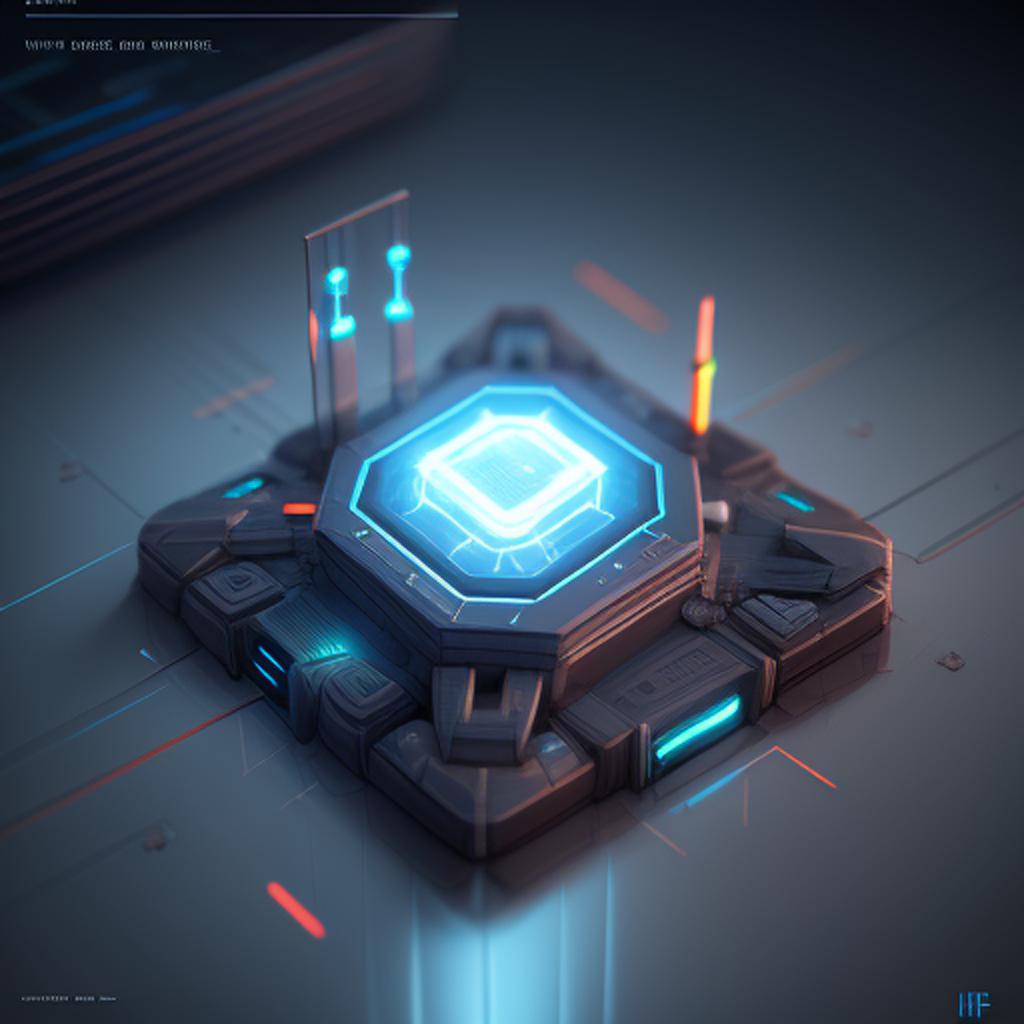
Digital Business Twins
We have developed a prototype that solves the problem described completely serverless. It was modeled as a multi-agent system (MAS) and is used in both the control and planning segments. To this end, we have developed vehicle-based decision-making modules that act as autonomous economic agents for vehicles, evaluate business-relevant issues and make and execute decisions. In more general terms, decide on a production program. The decision modules are modeled as digital business twins of a vehicle and negotiate with other digital business twins of other vehicles about freight, passengers and prices etc. The digital business twins can use machine learning (e.g. our ETA prediction) for individual decision-making. The decision module can be developed for an on-board device, microcontroller, board computer, smartphone or retrofit unit. This makes the system a logically decentralized system.
Coordination mechanism on Distributed Ledger Technology
To enable the coordination between vehicles a collective decision-making mechanism is needed. Mechanism design is sometimes called reverse Game Theory. While Game Theory analyzes what results are expected when an agent behaves in a certain form taking into account other agents behaviors, Mechanism Design is setting a goal (e.g. minimizing the overall costs, or the even distribution of profits etc.) and the coordination mechanism is constructed, that the agents are behaving according to it. The outcome strategy is fixed while the agents remain fully autonomous in their decisions. Mechanism design theory is based on the works of Leonid Hurwicz and later Eric Maskin and Roger Myerson, for which they were awarded the Nobel Prize in Economics 2007. Our solution is building upon their fundamental work. It was extended, that a coordination mechanism was developed, i.e. the negotiation protocol was designed as a smart contract that works on distributed ledger technology (e.g. blockchain). The negotiations take place through the smart contracts on the nodes and are synchronized over the network. By using a DLT, servers and a neutral intermediary as a “single source of truth” become redundant. The nodes can run on a main net, i.e. distributed on the Internet, or on a vehicle-based DLT node. This means that the system is also physically decentralized.
This is a paradigm shift is system architecture.
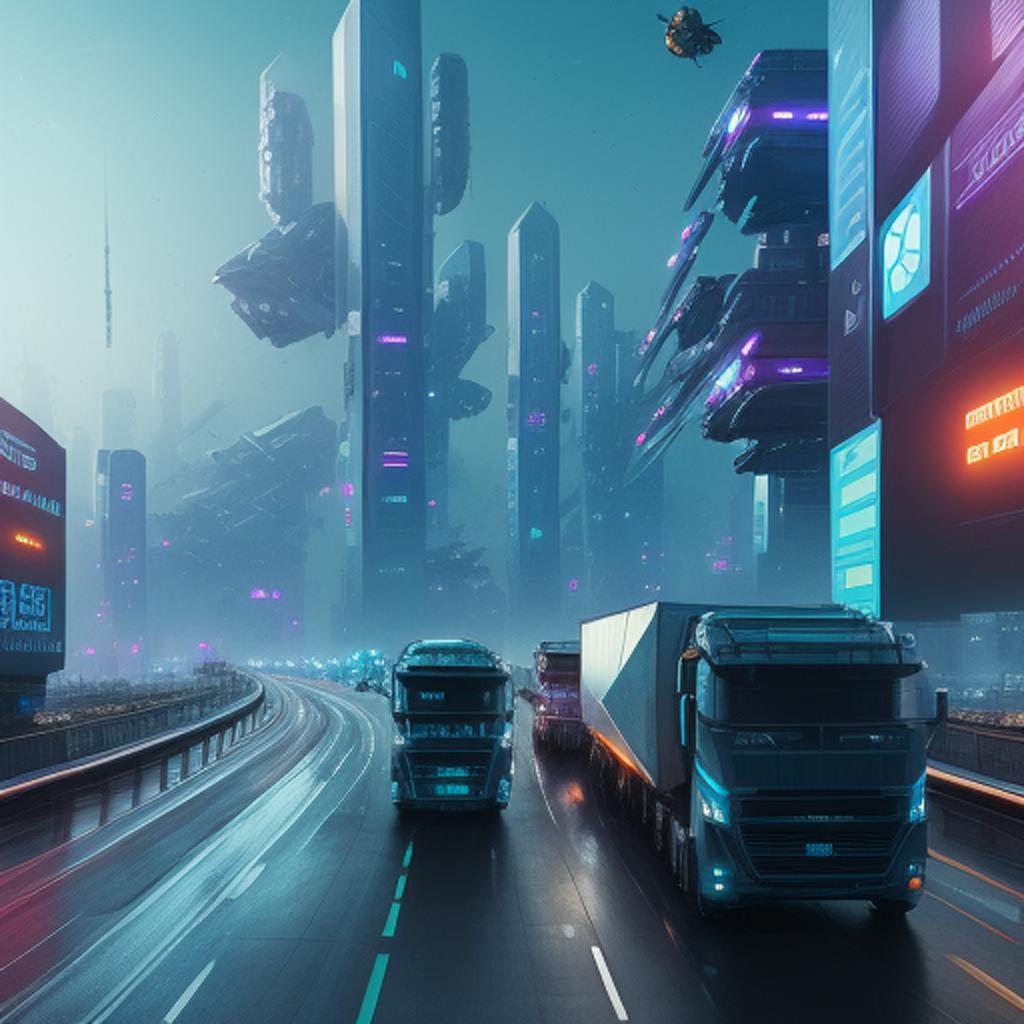
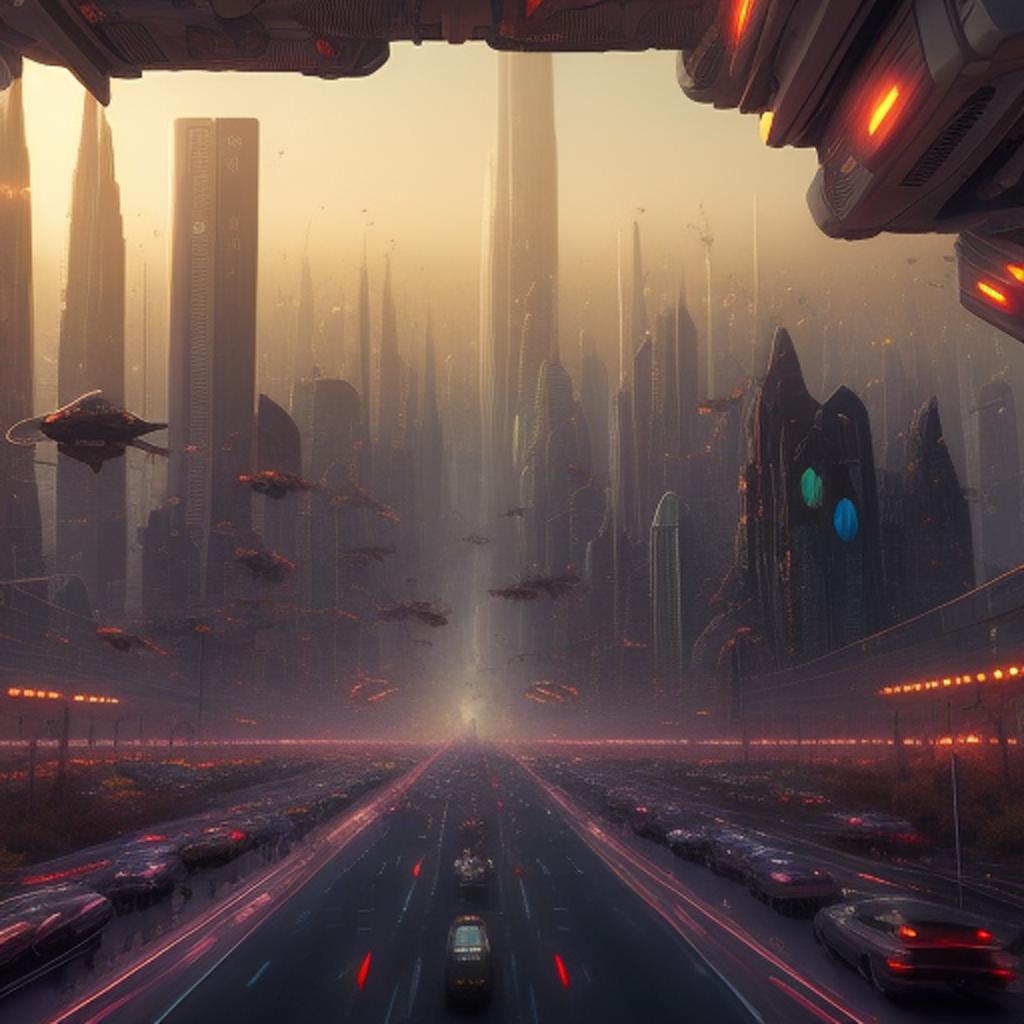
Vision
We are working on a self-organizing network of trucks without a central authority and the collaboration of trucks from competing fleets and companies with a serverless infrastructure with flexible locations and times for transshipments in encounter traffic for autonomous delivery, what we call Swarm Logistics.
The digital business twin will become an integral part of the vehicle, from which autonomous decisions will be made and negotiations will take place with other digital business twins of any other cyber-physical system.
(Forklift, delivery robot, intelligent ramp system, production machine etc.)
It is part of the vision of a self-organizing economy, what we call machine economy or more recently metaverse economy. Vehicles coordinate themselves like swarms, much like Adam Smith’s “Invisible Hand”.
Our decentralized fleet control system is the first implementation of this futuristic concept.
Status Quo
The core elements of the decentralized fleet control system based on a multi-agent or multi-robot system, sometimes also called “distributed artificial intelligence”, have already been validated in a proof of concept with a demonstrator. Next steps are the expansion of the decision modules for more complex tasks and “field tests”.
We are looking for joint development and pilot partners for this project.
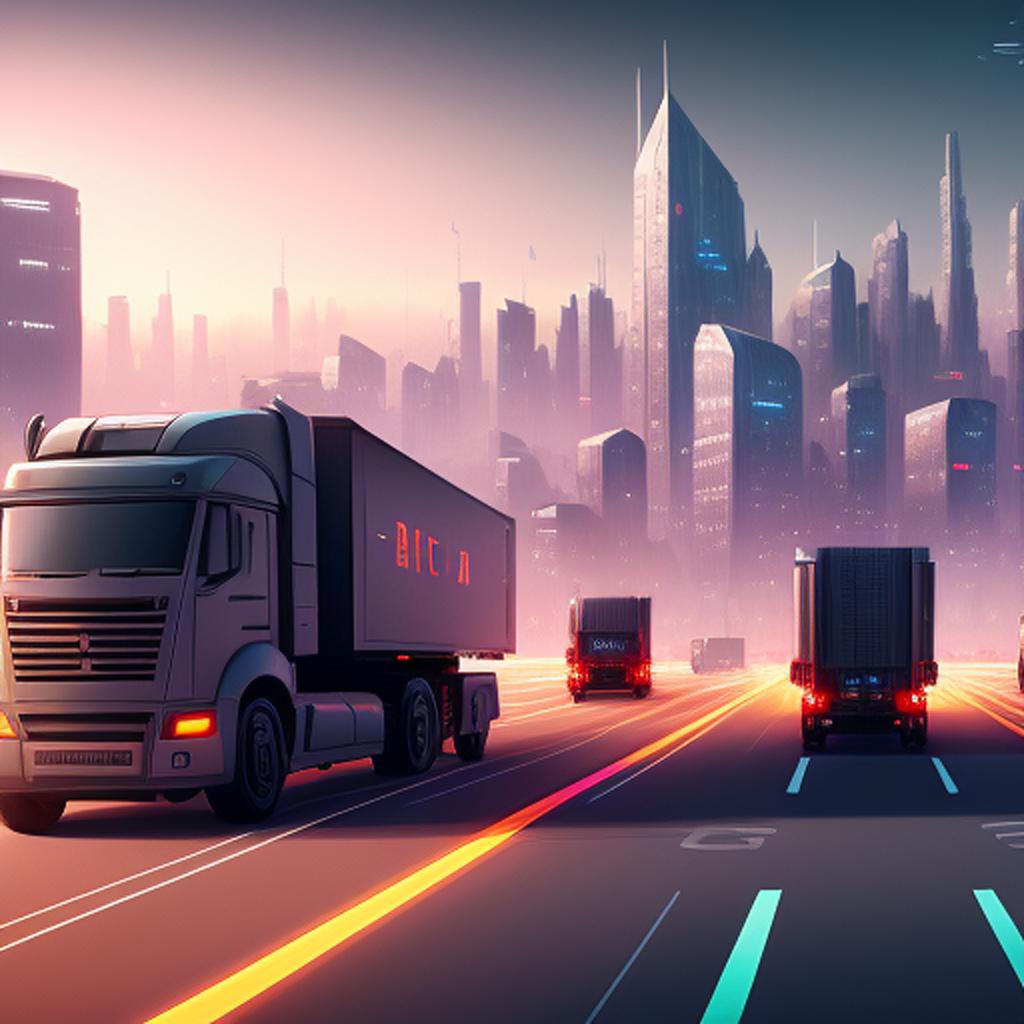
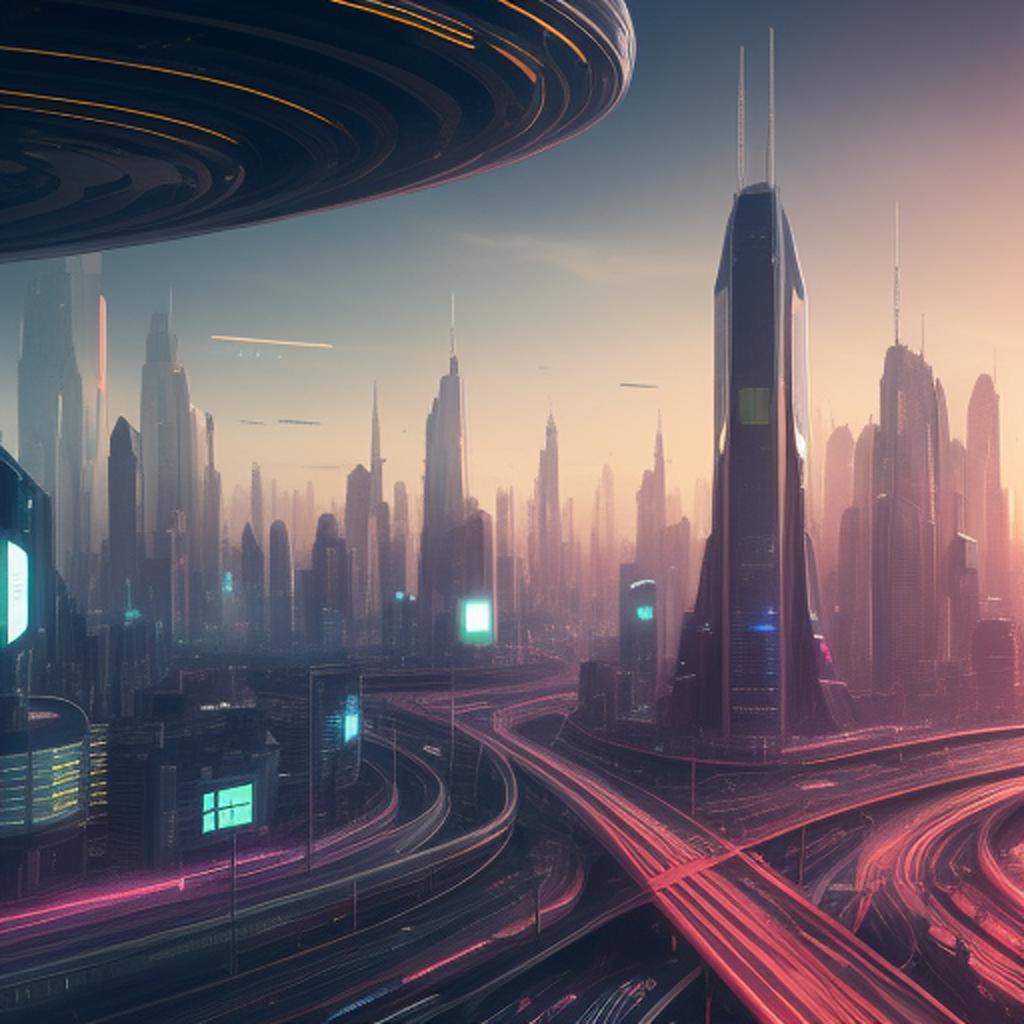
Future
Furthermore, our approach can also be used if new social developments take place, in which e.g. mobility becomes a public but state-subsidized good, machines become their own legal entities and own themselves or open collectives of collaborating but competing companies with their profit and non-profit machines coexist seamlessly and work together automatically.
Central vs. decentralized systems
Centralized systems have some serious disadvantages. If a central system, i.e. both logically e.g. an intelligent software agent and physically e.g. a central coordination server, is attacked in a cyber attack e.g. DDoS, the entire system fails. If the long-term goal is to handle the critical infrastructure, logistics and transport autonomously, i.e. hundreds of thousands of autonomous vehicles moving on the streets, it will be a very popular attack point.
Decentralized systems can also be attacked, but only individual agents in the network or vehicles; and even if these fail, the network continues to function.
In the case of central systems or in the top-down process of optimization, competing fleets must communicate their complete cost structures to the central superordinate unit, which then uses them and optimizes them for all participants. However, most merchants are reluctant to share their trade secrets, pricing strategies with a third party. Furthermore, one submits to a platform operated by third parties and no longer has the authority to make decisions.
With a decentralized platform, the assessment of loads and decision-making takes place locally on your own device, i.e. in a bottom-up process. Only the results, e.g. prices, are sent to the platform and the collective consensus takes place via the coordination mechanism. In the case of additional loads, I don’t have to tell a central platform which tour I’m driving, where my vehicle is and how long my driver can still drive, what strategy I used to get my freight rates, or what my price structures are. Everyone optimizes for themselves and this results in an equilibrium acceptable to everyone following the original approach of Scottish Economist Adam Smith “Invisible Hand” in his work The Wealth of Nations from 1776. Combing Adam Smith with Mechanism design is that you are designing the “Invisible Hand” and the sought after outcome.
Logically decentralized systems modeled as multi-agents or multi-robot systems are highly scalable and can also dynamically solve large problem sets.
With a bottom-up approach, FTL (Full Truck Load) and LTL (Less than Truck Load) problems are solved, intralogistics (e.g. digital twins of a forklift or ramp) are integrated with transport logistics and the owner structure in supply chains is taken into account 1-4PLs, sub-contractors and sub-sub-contractors.
